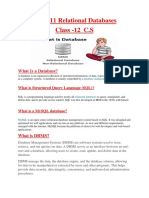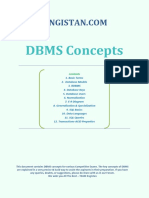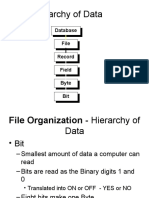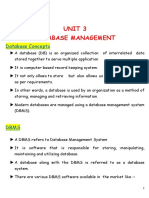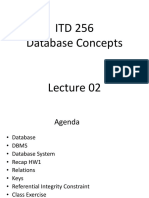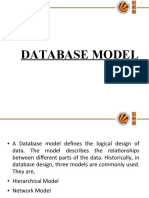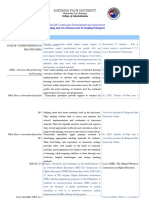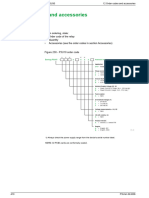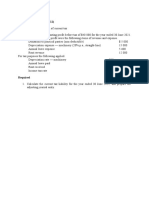0% found this document useful (0 votes)
12 views32 pagesDatabase Concepts
The document provides an overview of database concepts, including definitions of data, uses of databases, and types of database models. It discusses the advantages of electronic databases over manual databases, the relational database model, and various types of keys such as primary and foreign keys. Additionally, it covers operations like union, intersection, and minus, as well as the importance of referential integrity in database management systems.
Uploaded by
prachi7eCopyright
© © All Rights Reserved
We take content rights seriously. If you suspect this is your content, claim it here.
Available Formats
Download as PDF, TXT or read online on Scribd
0% found this document useful (0 votes)
12 views32 pagesDatabase Concepts
The document provides an overview of database concepts, including definitions of data, uses of databases, and types of database models. It discusses the advantages of electronic databases over manual databases, the relational database model, and various types of keys such as primary and foreign keys. Additionally, it covers operations like union, intersection, and minus, as well as the importance of referential integrity in database management systems.
Uploaded by
prachi7eCopyright
© © All Rights Reserved
We take content rights seriously. If you suspect this is your content, claim it here.
Available Formats
Download as PDF, TXT or read online on Scribd
/ 32




